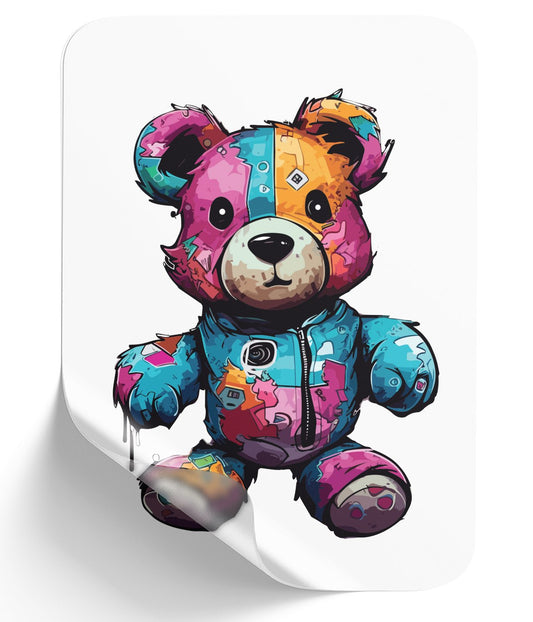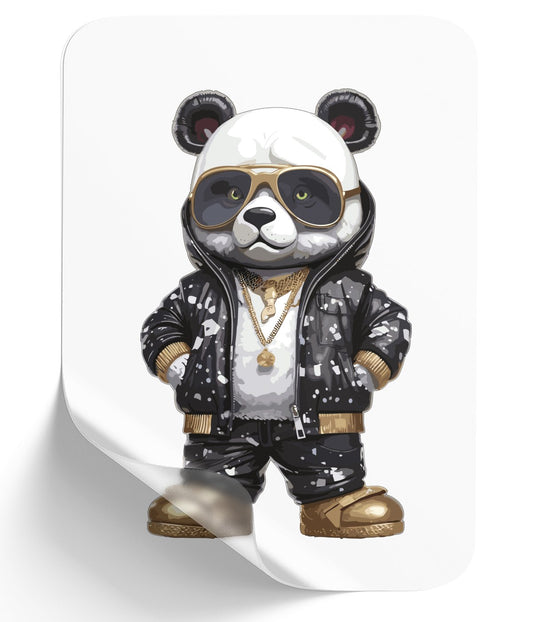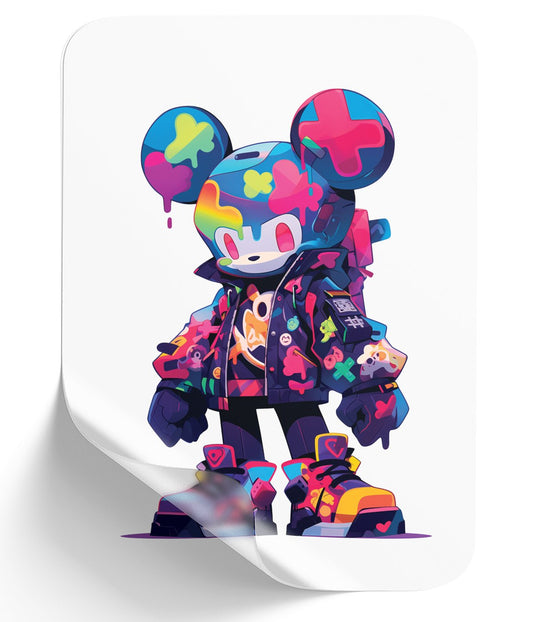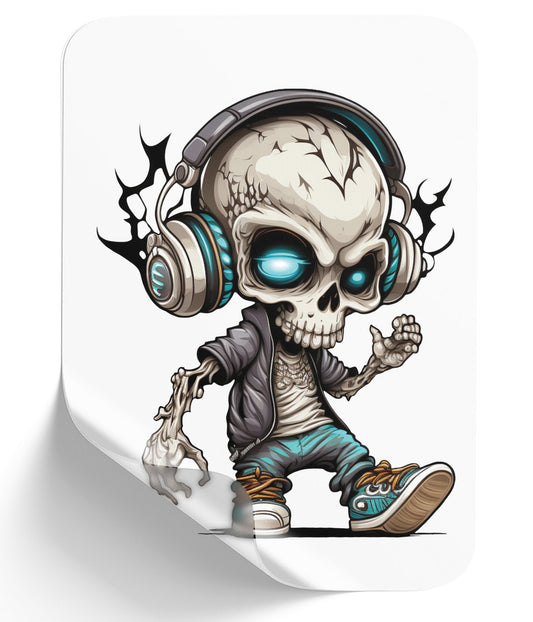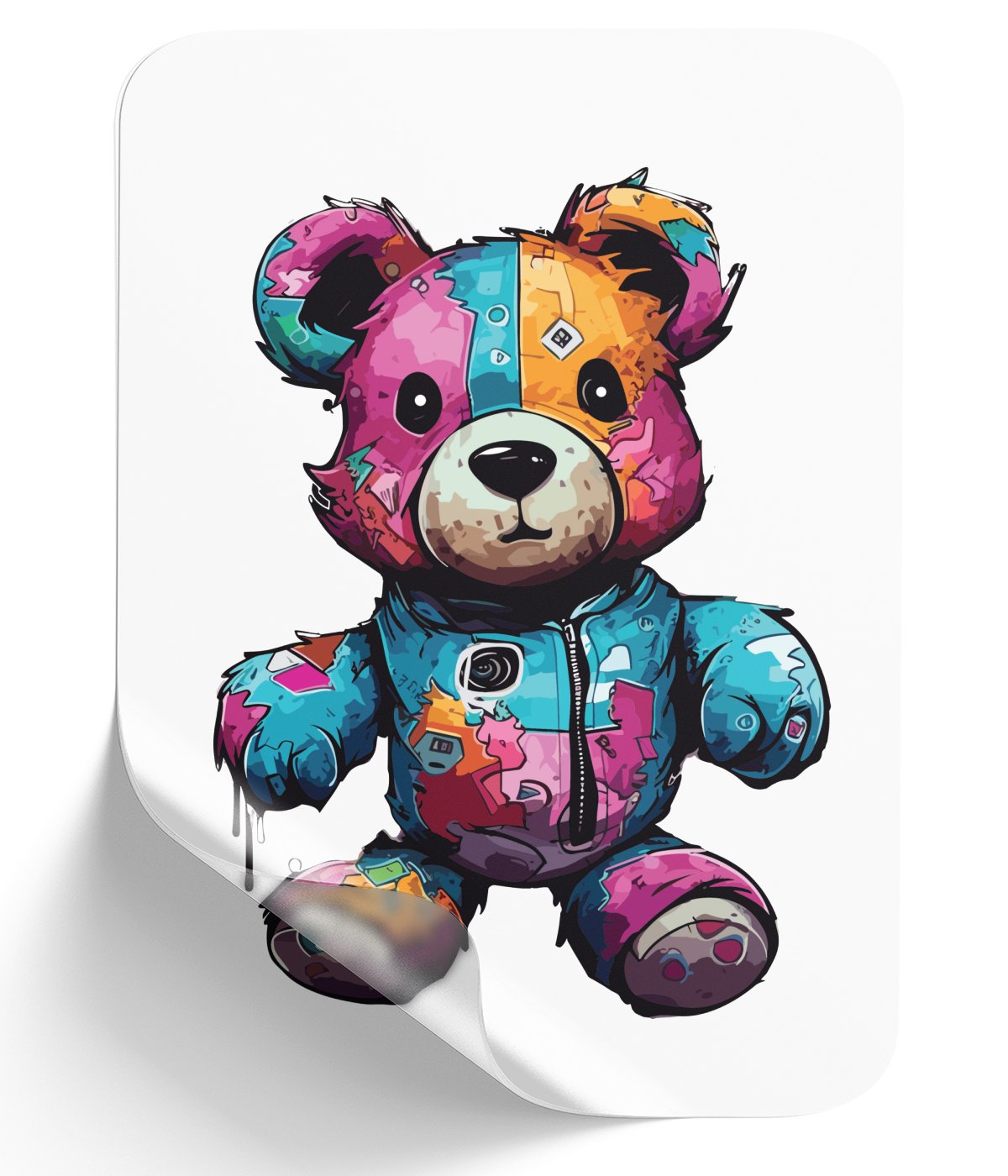UV DTF Printing: A Comprehensive Guide to Next-Gen Transfer Technology 2024
UV DTF transfer printing represents a groundbreaking fusion of ultraviolet and direct-to-film technologies, offering unprecedented precision in image transfer across diverse materials. This innovative printing solution delivers exceptional color vibrancy and durability while streamlining the production process, making it a game-changing advancement for businesses seeking high-quality custom printing solutions. The technology's ability to produce crisp, fade-resistant prints has revolutionized everything from signage creation to promotional product customization.

Table of Contents
How It Works
Initial Printing
The UV DTF process involves three key steps:
- Images are printed onto specialized transfer film using UV-curable inks and instantly cured with UV LED lights.
- The printed film is applied to the target surface using heat and pressure.
- The transfer film is peeled away, leaving a permanent, vibrant print.
Key Advantages
Technical Benefits
- Exceptional print resolution with fine detail capture
- High scratch, fade, and water resistance
- Instant UV curing without drying time
- Superior color accuracy and saturation
Practical Benefits
- Cost-effective for short production runs
- Minimal setup requirements
- Versatile material compatibility
- Automated processing for increased efficiency
Applications
Commercial Uses
- Signage and display graphics
- Custom awards and plaques
- Electronics and machinery labeling
- Promotional products
- Interior décor items
Specialized Applications
- Short-run packaging
- 3D object customization
- Product personalization
- Large format graphics
Comparison with Traditional Methods
UV DTF vs. Screen Printing
- Faster setup time
- More cost-effective for short runs
- Better handling of complex designs
- Enhanced material compatibility
- Automated processing
- Quicker turnaround
UV DTF vs. Dye Sublimation
- Broader material compatibility
- Enhanced durability
- Higher precision
- Faster transfer times
- Full CMYK color printing capability
Equipment Requirements
Essential Components
- UV print engine with LED curing system
- Vacuum bed with hold-down system
- RIP software for image processing
- Specialized transfer films
- Heat press equipment
- Finishing tools
Material Compatibility
Printable Surfaces
- Rigid materials (glass, metals, plastics, wood)
- Flexible substrates (leather, rubber, canvas)
- Paper products
- Coated textiles
- 3D objects
Cost Considerations
Investment Factors
- Entry-level printers starting at $3,000
- UV-curable ink at $200/liter
- Transfer film: $0.25-0.60 per square foot
- Minimal labor costs
- Low setup expenses
Limitations and Considerations
While UV DTF excels in many applications, it has some limitations:
- Not ideal for direct fabric printing
- Higher initial equipment investment
- Less economical for very large production runs
Future Prospects
UV DTF technology continues to evolve, promising expanded capabilities across industries. Its combination of quality, versatility, and efficiency positions it as a significant advancement in modern printing technology.
The technology's ability to deliver high-quality, customized prints on various materials makes it an invaluable tool for businesses seeking innovative printing solutions. As the technology advances, it will likely unlock even more creative possibilities and applications across different sectors.
This printing solution represents a perfect balance between traditional methods and modern demands, offering a cost-effective approach for businesses requiring high-quality, versatile printing capabilities.
Ready to Take the Next Step?
Experience UV DTF Excellence Today! Get your UV DTF Sample Pack! See the vibrant colors, durability, and precision we offer firsthand before you invest.
Transform Your Business with our DTF Supply Collection!
Ready to Elevate Your Printing Game? Submit your custom order now and experience:
- Instant UV curing technology
- Superior color accuracy
- Premium durability
- Fast turnaround times
Click here to start your UV DTF printing journey!

